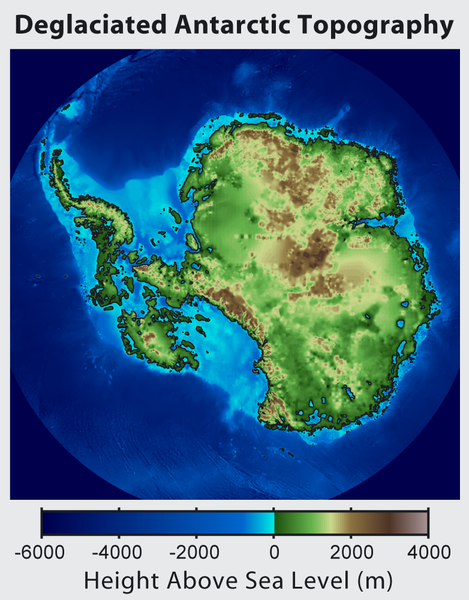Файл:Antarctica Without Ice Sheet.png

Виликамаз килигдайла кьадар: 469 × 600 пиксел. Маса шикилдин къалурзавай лишанар: 188 × 240 пиксел | 375 × 480 пиксел | 782 × 1000 пиксел.
Двулдин файл (782 × 1000 пикселар, файлдин кьадар: 675 Кб, MIME жуьре: image/png)
Файлдин тарих
Файлдин виликан жуьре килигун патал, гьа а жуьредин тарих/вахт илиса,
| Тарих/вахт | Бицlи шикил | Кьадарар | Уртах | Веревирд | |
|---|---|---|---|---|---|
| алай | 19:56, 16 июнь 2015 |  | 782 × 1000 (675 Кб) | Szczureq | larger image |
| 08:57, 10 октябрь 2012 |  | 469 × 600 (316 Кб) | Strannik27 | User created page with UploadWizard |
Файл кардик кутун
И файл ишлемизавай чинар авай туш.
Файлдин глобал кардик кутун.
И файл агъадихъ галай викийра ишлемишзава:
- ar.wikipedia.org проектда кардик кутун
- ast.wikipedia.org проектда кардик кутун
- ban.wikipedia.org проектда кардик кутун
- ba.wikipedia.org проектда кардик кутун
- be-tarask.wikipedia.org проектда кардик кутун
- be.wikipedia.org проектда кардик кутун
- br.wikipedia.org проектда кардик кутун
- bxr.wikipedia.org проектда кардик кутун
- ca.wikipedia.org проектда кардик кутун
- cs.wikipedia.org проектда кардик кутун
- de.wikipedia.org проектда кардик кутун
- en.wikipedia.org проектда кардик кутун
- es.wikipedia.org проектда кардик кутун
- es.wikibooks.org проектда кардик кутун
- fr.wikipedia.org проектда кардик кутун
- id.wikipedia.org проектда кардик кутун
- it.wikipedia.org проектда кардик кутун
- ja.wikipedia.org проектда кардик кутун
- ka.wikipedia.org проектда кардик кутун
- kn.wikipedia.org проектда кардик кутун
- la.wikipedia.org проектда кардик кутун
- mn.wikipedia.org проектда кардик кутун
- nl.wikipedia.org проектда кардик кутун
- no.wikipedia.org проектда кардик кутун
- pl.wikipedia.org проектда кардик кутун
- ru.wikipedia.org проектда кардик кутун
- tg.wikipedia.org проектда кардик кутун
- tr.wikipedia.org проектда кардик кутун
- uk.wikipedia.org проектда кардик кутун
- zh.wikipedia.org проектда кардик кутун
- zu.wikipedia.org проектда кардик кутун

